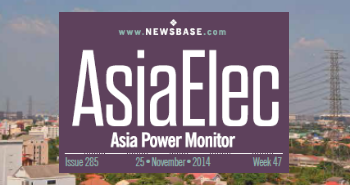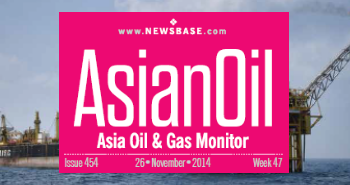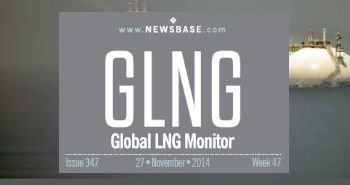Australia’s Santos wins final approval for Barossa field from federal government
Development of the offshore Barossa gas field has won final approval from the Australian federal government, putting the AUD5.6bn project on track to start production by the end of this year.
What? Santos as won approval to develop an environmentally controversial offshore gas field
Why? Development will provide a new source of supply to the Darwin LNG facility
What Next? Gas and condensate production could begin as 3Q 2025
Australian energy company Santos has received approval from the National Offshore Petroleum Safety and Environmental Management Authority (Nopsema) to proceed with development of the Barossa gas field, Australian media reported last week. This is the final approval Santos needs to proceed with the project, the media said.
In its first quarter report for 2025, the company said the project is already 95% complete, with pipelines finished, subsea infrastructure installed, and a floating production storage and offloading (FPSO) vessel soon to be delivered. Four wells of six are drilled and completed. Production from those four wells is capable of delivering full production rates at the Darwin LNG facility, the company said in the report.
Despite a lengthy legal debate involving the indigenous people in the Northwest Territory concerning their rights within the region, the Nopsema approval sets Santos on a course to extract and transport gas from the field to the Darwin LNG facility by the end of this year, a company spokesperson was quoted as saying.
Santos is Australia’s biggest supplier of natural gas. It has plants in the Cooper Basin in South Australia and South West Queensland that supply the populated eastern states where rising prices for gas and security of gas supply has become a major issue in the country’s upcoming election. Energy experts argue that natural gas exported in the form of LNG on the global spot market should be redirected to domestic consumers in order to reduce prices. Others argue that more gas production will solve the supply problem and assist Australia with the energy transition.
High yield of CO2
The environmental controversy with Barossa comes from the high carbon dioxide content within the reservoir. At 18%, that is the largest CO2 content within any Australian gas field. Over the expected 25-year lifetime of production, export and burning the gas by LNG customers, Barossa is projected to add a total of 380mn tonnes of CO2 to the atmosphere.
Nopsema gave initial approval to the project in March 2018. Santos acquired the project from ConocoPhillips in 2020. Since then, it has since faced strong opposition from environmental and indigenous groups. The Environmental Defenders Office (EDO) launched a legal challenge to have regulatory approvals for Barossa ruled void, but that court action was ultimately unsuccessful. Last November, a court fined the EDO $9mn for faulty evidence presented by its lawyers.
While the approvals granted last week by Nopsema are seen as legally final, Australia media reported that some environmental groups plan to continue to oppose the project.
Barossa is a gas and condensate field located 300 km northwest of Darwin in the Timor Sea. The gas will provide a new source of gas for the Darwin LNG plant. Infrastructure includes a floating production storage and offloading (FPSO) facility – currently under construction in Singapore – and subsea production systems and supporting in-field infrastructure, plus the Gas Export Pipeline (GEP) and the Darwin Pipeline Duplication (DPD) pipelines. Gas and condensate will be pumped from six wells (with an option for two more) and gathered at the FPSO, from where gas will be transported to the LNG facility and condensate will be loaded aboard tankers for export. As mentioned, all that is left to do is connect the pipelines and install the FPSO.
Cash flow increase in 1Q 2025
In its first quarter 2025 report, Santos said it had increased production and saw higher LNG sales during the first three months of this year. It reported a 9% increase of $465mn in free cash flow, while sales revenue amounted to $1.3bn.
The company reported an increase in production of 21.9mn barrels of oil equivalent per day (boepd), up by 2% on the fourth quarter of 2024. This was driven by higher production in Western Australia. The overall sales volume declined by 1% from the prior quarter to 23.3mn boe, but LNG sales rose by 3%.
Santos said it had maximised production through existing infrastructure. Western Australian production volumes increased by more than 18% over the prior quarter, driven by the Halyard-2 infill well.
Santos maintains a high reliability of 99.8% from operated gas facilities and high throughput at PNG LNG which resulted in full plant capacity in the first quarter, it said. This was supported by strong Angore production.
During the first quarter, Santos also executed a memorandum of understanding (MoU) with Tamboran Resources for a joint study on Beetaloo gas export options through Darwin, where the company has approved its expansion capacity to a maximum of 10mn tonnes per year (tpy) of LNG.




Follow us online